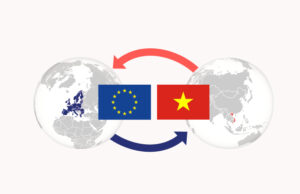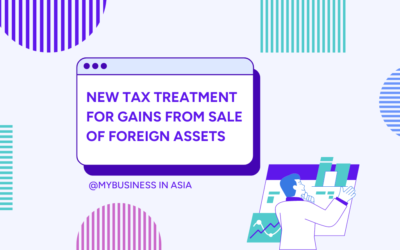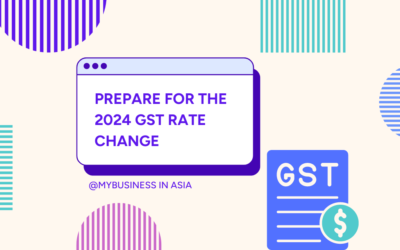
The EVFTA, most commonly known as the European Union Vietnam Free Trade Agreement has come into force the 1st of August 2020 in Vietnam. The main objective is to abolish most of custom duties within 10 years. This ambitious partnership has already borne fruit since roughly 70% of the custom duties have been mutually eliminated since last summer. As for the COVID-19 pandemic, it has revealed the weaknesses of our old Europe. In comparison, Vietnam confronted the sanitary crisis with much brilliance. Even though Vietnam’s exports plunged to 27% in April 2020, its GDP growth has not ceased to increase without going beneath zero unlike the vast majority. Recently, Vietnam’s government has announced a 6,5% GDP growth for 2021, a prospect that probably would not be possible without the EVFTA. Ultimately, let’s not forget to mention the prosperous cooperation that existed prior to this treaty. Matter of fact, the European Union was already the second importer for Vietnam. Thus the realization of this partnership was ineluctable. Let’s inspect this agreement in more details.

First and foremost, the EVFTA is a catalyst of diverse mechanisms that aim to wipe out 99% of custom duties. More precisely, this suppression will happen progressively in the span of the next decade, depending on the product type. For instance, dairy products will cease to be subject to custom duties 4 years after the treaty has come into force while sparkling alcohols will receive such treatment after the 8th year only. Other major instrument: the implementation of the “Harmonized System” designed by the World Customs Organization (WCO). Henceforth, with this new tariff nomenclature, exported and imported goods will be sorted in multiple categories to facilitate the suppression of custom duties (A, B3, B5…). Concretely, from January 1st of each year, these rates will fall one by one according on this new classification. Additionally, the EVFTA aims to introduce transparency. From now on, exports from Vietnam to the EU will be accompanied by a certificate of origin issued by local authorities. This treaty further regulates the import and export licenses. Both parties have to notify each other if the legislation is about to change. Moreover, the costs related to administrative formalities are fated to disappear.

If this agreement is full of hope, we must remain prudent and qualify it. Vietnamese authorities have not waited to temper its potential as Truong Chi Binh, General Secretary of the Vietnamese Supporting Industries Association, warned during the EVFTA’s signature seminary that the treaty will not benefit to everyone. He meant that not all Vietnamese companies will be able to export their goods to the European market that easily considering they have to harmonize with EU regulations notably regarding hygiene. The establishment of the recent European Union Vietnam Business Council (EVBC) is another example. Born from a cooperation between the Vietnamese Chamber of Commerce and Industry and the Chamber of Commerce and Industry of the European Union, its mission will be to provide consulting services on the EVFTA.

Finally, we can celebrate the statistics prior to the COVID-19 pandemic which demonstrated the potential of this treaty. In 2019, the number of Vietnamese exports to the EU was double the amount of imports from the EU6. Let us therefore remain optimistic and hope that the year 2021 heralds a flourishing future.
——————————————————–
My Business Asia is the best offer to help you for your accounting, corporate services, business set up, company incorporation,corporate services, business structure and tax management, in Vietnam, Thailand, Hong-Kong and Singapore


